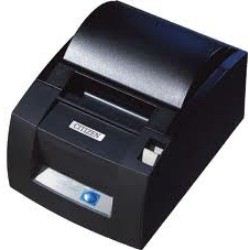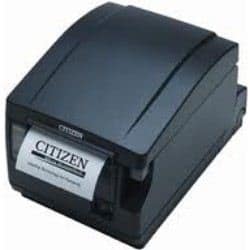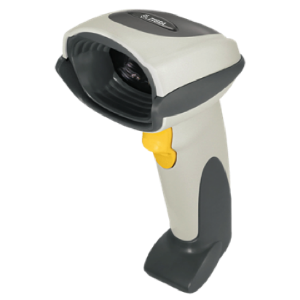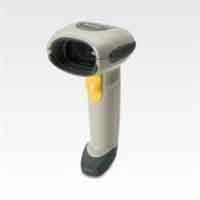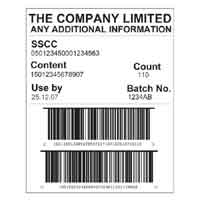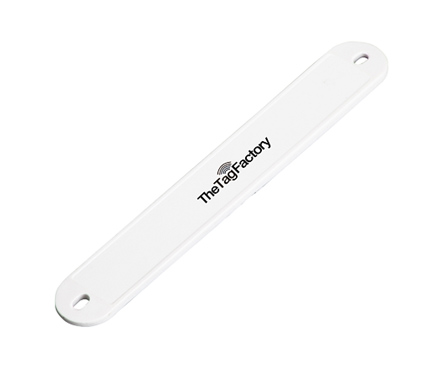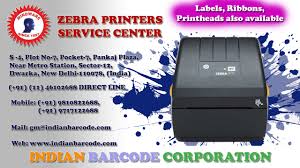(Mindware India Consulting)
Anti-Theft Systems are devices which prevent unauthorized access to retail stores or other mobile systems. The evolution of Anti-theft systems has ranged from simple key to RFID Tags, Bio metric Identification, and Palm Vein Recognition, etc.
Anti-theft devices to consider for retail store-
Merchandising security
If you have high-value products in your retail stores like laptops, mobile phones or others, merchandising security is a great way to allow consumers to pick up and test your products while keeping them tethered to your display furniture.

Some retailers use a security stand that mounts on top of their furniture and allows them to display phones, watches, tablets, and cameras while keeping them secure and tethered. Have a look below:
There is a wide range of merchandising security equipment available, from magnetic holders, wired grip holders and others. You can choose which ones are best suited to your products depending on the shape, size, and value of the products you’re safeguarding.
Some merchandising security devices come with in-built chargers so your displayed products are always charged to ensure a great customer experience. You can find these devices (as well as the one above) in electornic stores as well as general retailers like Amazon.

Physical locks and cables also make it harder for thieves to just pinch a product from your shelves. Many retailers put mirrors all around their store, to improve the visibility of displayed products, such that thieves become more conscious of their acts since they feel more ‘watched’. They’re cheaper, non-technical loss prevention devices that can be simple, yet very effective.
Smart inventory management tools-
One of the most effective devices to prevent inventory loss, is smart and frequent inventory management. By watching your inventory like a hawk through regular stock counts and monitoring discrepancies, many retailers dramatically decrease theft at their stores. Using smart barcode scanners to do stock takes to accurately account for your inventory levels is helpful.

Another key measure retailers use is by monitoring ‘user permission levels’ of their staff for operating the POS system. Vend allows you to set different permission levels, so only key employees can edit data on your system.
Taking these steps will ensure you know when something goes missing, which prevents culprits from stealing your products!
Anti-theft signage-

You need to tell customers they’re being watched, and what the consequences of shoplifting can be. Through installing anti theft signage across the entire store, retailers instantly warn potential thieves from acting unlawfully.
A simple, cost effective Anti-theft tool that does the needful!
Display locks-
In some cases, you may want to prevent people from taking products from a display. Maybe the merchandise is valuable or prone to theft. Whatever the case, you can keep them secure with display locks, such as peg hook devices.
Display Peg hook locks can prevent sweep theft. You attach them to the hook of your display and they can only be unlocked using a magnetic removal tool.
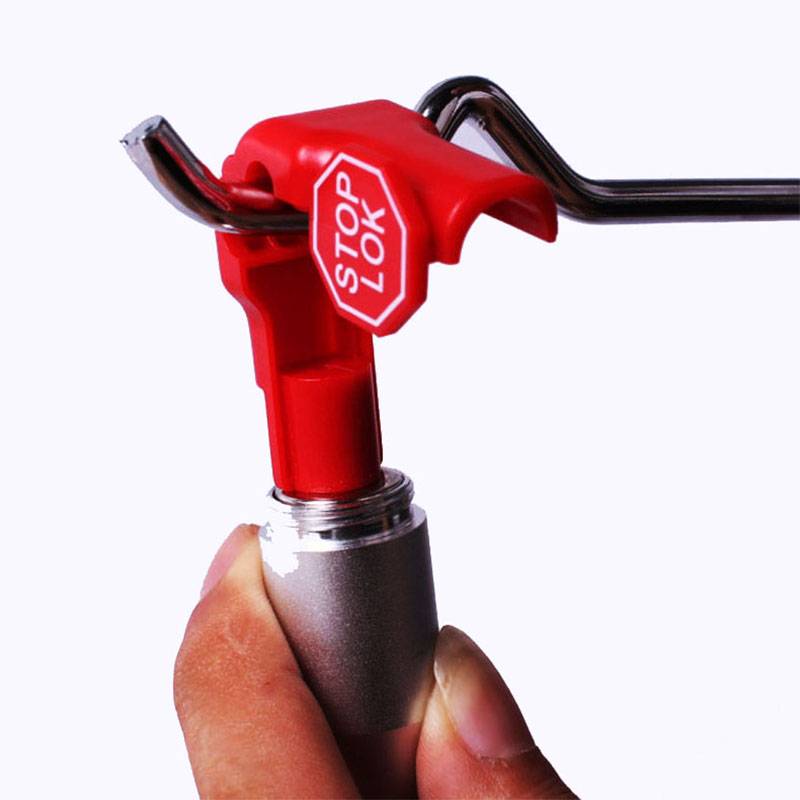
Another option is to use lockable glass or acrylic displays. These are clear retail display cases that can showcase your products so shopppers can still view them.
Perfect from high-value items like jewelry, these cases can typically be unlocked with a key, so shoppers would have to approach a staff members if they want to touch an item in the case.
Cameras & video analytics-
Surveillance cameras at key points around your retail store, complemented by video analytics software can be a fantastic theft prevention formula. The software identifies whenever any kind of suspicious movements occur, like if a customer walks out the door without paying, You’ll instantly get an alert if this happens

With information on demographics, incoming & outgoing people count, and heatmaps for more advanced visitor analytics, you can pinpoint the likelihood of theft with greater accuracy.
If you use cameras with facial recognition technology, it becomes easy to identify ‘known’ thieves, by matching them against an existing database of criminals or thieves supplied to you by the police.
Electronic Article Surveillance (EAS)-
By attaching security tags to your products, retailers can trigger off an alarm if a shoplifter walks out with a product with the tag still on through the electronic sensors at the exit gates.

There are many types of EAS devices you can use like tags, labels, antennas, spider tags and more. They use a combination of radio frequency, electromagnetic technology, sensors, metal detectors to prevent theft. The best ones are the ones that cause the minimum number of false alarms!
Futuristic EAS systems provide you with real time data through RFID technology from the moment products enter your store to the time they leave. It’s amazing how closely they can monitor each product in your store.
Educational materials for theft prevention-
One of the best ways to curb theft is through education. Keep your team well-informed of the latest loss prevention best practices so they can help secure your store.
You also want to to educate your staff and contractors about their code of conduct, so they’re aware of the consequences they need to face. By making them take eLearning programs and induction modules when they join your company, you set the right foundation for controlling theft from the start of their tenure.
expertise in retail security you need to create a secure environment where theft is vanishingly rare.
Main components of anti-theft store alarms-
The main components of anti-theft store alarms consist of three components: electronic antenna, electronic tag, and detacher or deactivator. They are 3 essential parts that work together to monitor and protect the store goods.
Security tags and label-
What is a security tag & label? A security tag and label is a tiny transmitter placed on the store merchandise. It consists of a signal transmitter inside and a hard outer shell in circles, squares, and pencil shapes. Round or clamshell-style tags have a pin and are the most difficult for merchants to remove. In addition, it’s difficult for employees to force the tip of a pin through the product without significantly cutting or tearing it. Thus, we’ll guide you on how to stop security tags from going off in retail store operations at the end of this article.

Unlike hard tags, there are soft security labels which are suitable for high-volume but low-value goods, non-perishable groceries, and pharmaceuticals such as books, CDs, and hardware. However, it’s only capable of one-time use. In addition, labels can quickly become adherent to very low profile or flat products.
Anti-theft antenna-
Anti-theft antenna is a single pedestal antenna or two or three antennas placed in a doorway or a store entrance. Additionally, some retailers hide them in door frames, overhead, or under the floor at the entrance. There are 4 types of electronic antenna based on the type of EAS system, including:

- Microwave
- Magneto-harmonic
- Radio frequency
- Acousto-magnetic
Detacher or deactivator-
Detacher or deactivator works by interrupting the circuit inside the security tags and labels. However, cashiers can remove security tags at the cash register after customers pay for their products. From there, security tags and labels no longer emit a signal, and customers can pass near the antenna without causing an alarm.

How do Store alarm works?
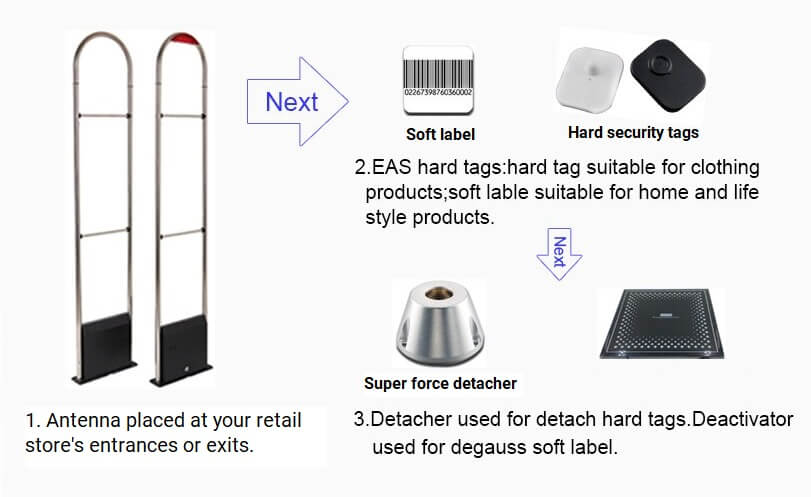
Store alarms are usually placed on both sides of each store exit. The detection system will sound an alarm or alert the staff of theft when active tags pass by. They are sensor-based using a combination of radiofrequency, electromagnetic technology, sensors, metal detectors and connect to software that controls alarm sensitivity, volume, and duration. Their working process is as follows:
- Step 1:Special tags and labels are permanently attached to the merchandise in the inventory and barcode management
- Step 2:Cashiers can disable this tag or label when the item is appropriately purchased or inspected. To remove the security, the cashier uses a splitter to release the pin.
- Step 3:After cashiers deactivate or remove the label, customers can walk past the antenna without alarm. Otherwise, when the sensor passes the detection device, an alarm will sound.
To better understand the EAS system process better, let’s see how each component works.
How do store sensors work?
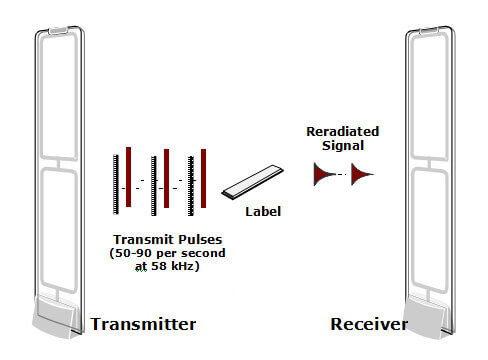
The store sensors detect light reflected by the lighting system. From there, it generates an analog signal that is sent to the decoder. Then, security tags and labels attached to the products in the store respond to the signal. After scanning the barcode in labels, the decoder interprets the signal, uses the check digit, and converts it to text to authenticate it. Otherwise, if an item with an active tag or label walks past these antennas, an alarm will sound to alert your store staff.
How do security tags work?
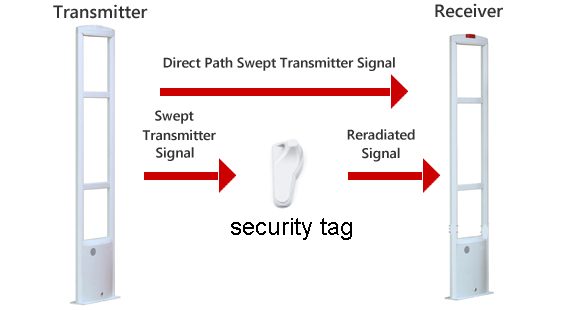
Attaching a security tag to your products can trigger an alarm if customers walk out with the product still tagged through the electronic sensors at the exit. In addition, “How do clothing security tags work?”. The security tag is inserted through the item with a pin that locks onto the security tag for delicate items like clothing. Moreover, security tags can be attached to all products like accessories, alcohol, and eyeglasses for constant communication with the antenna guarding the store entrance.
If you’d like to explore more, please contact us.

